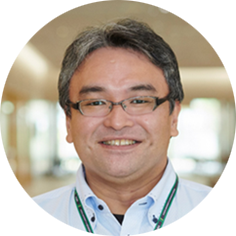
Prof. Takahiro Namazu
Kyoto University of
Advanced Science, Japan
Biography: Takahiro Namazu received his B.S., M.S., and Ph.D. degrees in mechanical engineering from Ritsumeikan University, Kusatsu, Japan, in 1997, 1999, and 2002, respectively. From 2002 to 2006, he served as an assistant professor in the Department of Mechanical and Systems Engineering at the Graduate School of Engineering, University of Hyogo, Himeji, Japan. In 2007, he was appointed as an associate professor at the same university. In 2010, he joined the Precursory Research for Embryonic Science and Technology program of the Japan Science and Technology Agency as a researcher. In 2016, he became a professor in the Department of Mechanical Engineering at Aichi Institute of Technology, Toyota, Japan. In 2020, he became a professor in the Faculty of Engineering at KUAS. Since 2025, he has been a Professor at the International Center for Synchrotron Radiation Innovation Smart at Tohoku University, in a cross-appointed position. He is currently engaged in studies on functional film materials, such as self-propagating exothermic materials, and their applications to micro- and nano-electromechanical systems.
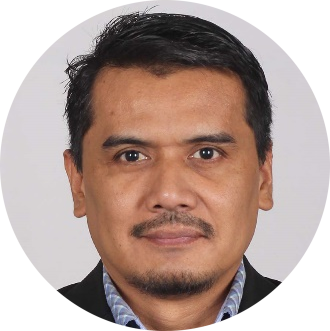
Prof.
Ahmad Zuhairi Abdullah,
Universiti Sains
Malaysia, Malaysia
Biography: Professor Dr.
Ahmad Zuhairi Abdullah is a distinguished researcher
and academic leader with an impressive track record
in chemical engineering. He earned his B. Tech
(Hons), MSc, and PhD in 1995, 2000, and 2004,
respectively. His leadership roles at Universiti
Sains Malaysia include serving as Deputy Dean
(Industry and Community Network) from 2010 to 2012,
Deputy Dean (Research and Postgraduate Studies) from
2013 to 2018, and most recently, Dean (2022-2024).
Recognized for his expertise, he holds professional
affiliations as a Professional Technologist with the
Malaysian Board of Technologists (MBOT), a Fellow of
Akademi Sains Malaysia and Institut Kimia Malaysia
(IKM), and a Life Member of the Malaysian Oil
Scientists and Technologists' Association (MOSTA).
He is a sought-after MBOT accreditation auditor and
an external examiner for numerous academic programs
across Malaysian universities. His research
primarily focuses on 24ordered porous catalytic
materials for oleochemical reactions, renewable
energy, waste treatment, and waste valorization.
With an outstanding scholarly contribution, he has
authored nearly 300 refereed journal articles and
book chapters, primarily as the lead author, and has
played a crucial role as a technical committee
member for nearly 200 international scientific
conferences. His expertise has made him a frequent
keynote and invited speaker at prestigious
conferences across Malaysia, Laos, Indonesia,
Vietnam, Thailand, Pakistan, Iraq,
the
Philippines, and China. Beyond academia, he serves
as a research proposal evaluator for various
ministries and international scientific bodies in
the USA, Oman, Qatar, Kazakhstan, and Chile. He is
also a Department of Environment Malaysia expert
panelist, assessing Environmental Impact Assessment
(EIA) reports for major industrial projects,
including petrochemical complexes, metal smelting
facilities, chemical plants, and lead-acid battery
recycling plants. His exceptional contributions to
research have earned him the Top Research Scientists
Malaysia (TRSM) award in 2014 and a prestigious
ranking in the List of the World's Top 2% Scientists
by Stanford University (2020-2024). With an h-index
of 65 and over 14,000 citations(Scopus), his impact
on the global research community continues to grow.

Prof. Jesús Toribio,
University of Salamanca, Spain
Biography: Professor Jesús Toribio graduated in Civil Engineering in 1982 and then in Mathematics in 1986. In 1987 he was awarded his PhD in the Polytechnic University of Madrid (UPM) and turned into Associate Professor in that Institution. In 1992 he became Full Professor and Head of the Materials Science Department of the University of La Coruña (at the age of 32, thus being the youngest Full Professor in the area of Materials Science in Spain). In 2000 he moved to the University of Salamanca (USAL) where is currently Full Professor of Materials Science & Engineering and Head of the Fracture & Structural Integrity Research Group (FSIRG) of that Institution. His research work is mainly concerned with fatigue and fracture mechanics, environmentally assisted cracking, stress corrosion cracking and hydrogen embrittlement/degradation/damage of metals and alloys (mainly cold drawn pearlitic steel wires for civil engineering and austenitic stainless steels for nuclear engineering and energy applications), covering theoretical, computational and experimental aspects. He actively participates in International Scientific Conferences, very often being a member of the International Advisory Committee, organising Special Sessions and Symposia, being Session Chairman or specially delivering Plenary/Keynote/Invited Lectures. Professor Dr. Jesús Toribio has published more than 600 scientific papers, most of them in international books and journals.
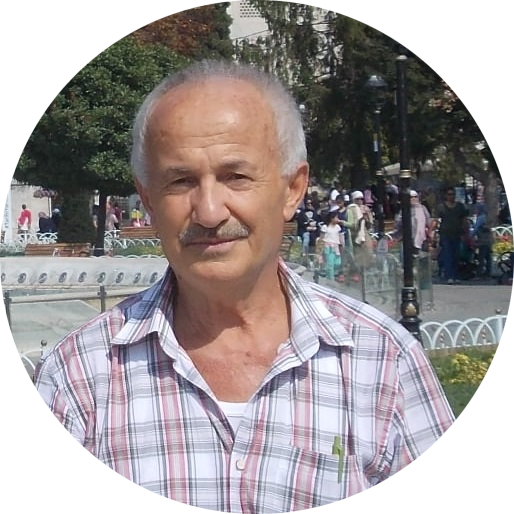
Prof.
Osman Adiguzel
Firat University, Turkey
Speech Title: Dual Memory
Characteristics and Lattice Reactions Governing
Reversibility in Shape Memory Alloys
Biography:
Dr. Osman Adiguzel graduated from Department of
Physics, Ankara University, Turkey in 1974 and
received PhD- degree from Dicle University,
Diyarbakir-Turkey. He studied at Surrey University,
Guildford, UK, as a post doctoral research scientist
in 1986-1987, and his studies focused on shape memory
alloys. He worked as research assistant, 1975-80, at
Dicle University and shifted to Firat University in
1980. He became professor in 1996, and he has been
retired due to the age limit of 67, following academic
life of 45 years. He published over 80 papers in
international and national journals; He joined over
120 conferences and symposia in international and
national level as Plenary Speaker, Keynote Speaker,
Invited speaker, speaker or Poster presenter. He
served the program chair or conference chair/co-chair
in some of these activities. In
particular, he
joined in last six years (2014 - 2019) over 60
conferences as Speaker, Keynote Speaker and Conference
Co-Chair organized by different companies in different
countries.
Additionally, he retired at the end
of November 2019, and contributed with Keynote/Plenary
Speeches over 180 Virtual/Webinar Conferences, in the
coronavirus outbreak in four year of his retirement,
2020 and 2023. Dr. Adiguzel served his directorate of
Graduate School of Natural and Applied Sciences, Firat
University in
1999-2004. He supervised 5 PhD-
theses and 3 M. Sc theses. He is also technical
committee member of many conferences. He received a
certificate which is being awarded to him and his
experimental group in recognition of significant
contribution of 2 patterns to the Powder Diffraction
File Release 2000. The ICDD (International
Centre
for Diffraction Data) also appreciates cooperation of
his group and interest in Powder Diffraction File.
Scientific fields of Dr. Adiguzel: Shape memory effect
and displacive phase transformations in shape memory
alloys and other alloys, molecular dynamics
simulations, alloy modeling, electron microscopy,
electron diffraction, x-ray diffraction and
crystallography.

Assoc. Prof. Amit Banerjee
Kyoto University of Advanced Science, Japan
Biography: Dr. Amit Banerjee is an associate professor in the Faculty of Engineering at Kyoto University of Advanced Science (KUAS). He received his M.Sc. and Ph.D. degrees from Indian Institute of Technology (IIT) Kanpur in 2009 and 2014, respectively. He conducted postdoctoral research at City University of Hong Kong (2013-2015), at Kyoto University (2015-2019), and at Japan Advanced Institute of Science and Technology (2019-2020). Dr. Banerjee is a recipient of the prestigious JSPS postdoctoral fellowship. Dr. Banerjee worked in the Graduate School of Engineering at Kyoto University as a Junior Associate Professor (2020-2025). In May 2025, he joined the Faculty of Engineering at KUAS as an associate professor. Dr. Amit Banerjee is broadly interested in nanoscience / nanotechnology but primarily focuses his research interests on micro/nano-scale systems (MEMS/NEMS) and nano-mechanics.
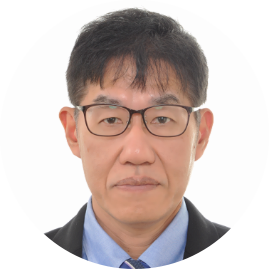
Assoc.
Prof. Kenjiro Sugio
Hiroshima University, Japan
Speech Title: Development of a web application for executing material development using machine learning
Biography:
March 25, 1992 Hiroshima University Faculty of Engineering, Division I (Mechanical Engineering) Graduated
March 25, 1994 Hiroshima University Graduate School of Engineering Department of Materials Science and Engineering Master's Program Completed
March 25, 1997 Hiroshima University Graduate School of Engineering Department of Materials Science and Engineering Doctoral Program Completed
April 1, 1997 - March 31, 2007: Research Assistant, Faculty of Engineering, Hiroshima University
April 1, 2007 - March 31, 2012: Assistant Professor, Graduate School of Engineering, Hiroshima University
June 20, 2007 - February 28, 2008: Visiting Researcher, Ris酶 National Laboratory, Denmark
April 1, 2012 - March 31, 2020: Associate Professor, Graduate School of Engineering, Hiroshima University
April 1, 2020 - Present: Associate Professor, Graduate School of Advanced Science and Engineering, Hiroshima University
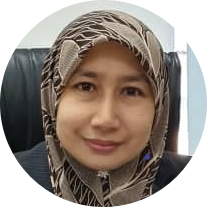
Assoc. Prof.
Norhayati Abdullah
Universiti Malaysia Pahang
Al-Sultan Abdullah, Malaysia
Speech Title: From Materials
Engineering to Applications: Functional Polymers for
Environmental and Biomedical Technologies
Biography: Dr. Norhayati Abdullah is an Associate
Professor at Universiti Malaysia Pahang Al-Sultan
Abdullah, Malaysia. She specializes in polymer
materials, including chelating agents, ion exchange
resins, biomaterials, and hypercrosslinked polymers.
With over a decade of research and teaching
experience, she has led multiple interdisciplinary
projects focused on water treatment, biomedical
applications, and sustainable material development.
Dr. Abdullah has authored numerous peer-reviewed
publications and holds several patents related to
functional polymer systems.

Senior Lecturer Dr. Yuli Yetri M.Si
Politeknik Negeri Padang, Padang, Indonesia
Biography: Prof. Dr. Yuli Yetri M.Si is a Senior Lecturer in Department of Mechanical Engineering, Politeknik Negeri Padang, Padang, Indonesia. She received her Dr. degree from Andalas University, Padang, Indonesia in material chemistry. She specializes in corrosion inhibitor from natural product, material, renewable energy and green chemistry. Up-to-date, she has published papers in International Refereed Journals, and also participated in many seminars or conferences, both national and international level. Since the year 2017, under the Ministry of Research, Technology, and Higher Education, Republic of Indonesia, she has been appointed and approved to be one of reviewers for several international refereed journals and grant competition, helping to develop one of the Ministry's programs in improving lecturer's performance. In addition, she is now an active member of Indonesia Chemical Society, Global Illuminator, Global Research & Development Service (GRDS), 32the IRED Institute of Research Engineers and Doctors, Hong Kong Chemical, Biological & Environment Engineering Society (HKCBEES), and Association of Chemical Physics Indonesia.
Session Keynote Lecturers of ICEIM2025
 |
 |
 |
|
Prof. Ivana Salopek Cubric |
Prof. Dr. Osman Adiguzel |
Prof. Jesus Toribio |
 |
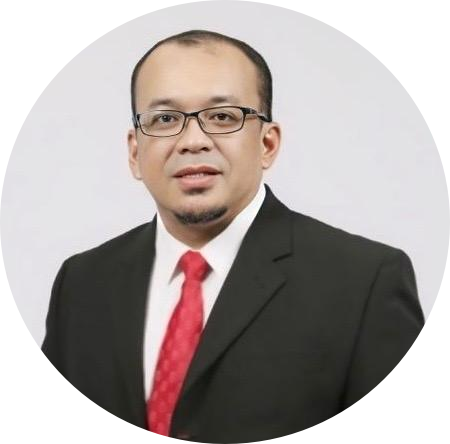 |
 |
|
Senior Lecturer Dr. Yuli Yetri M.Si |
Prof. Ahmad Rifqi Md Zain |
Prof. Ahmad Zuhairi Abdullah |
 |
 |
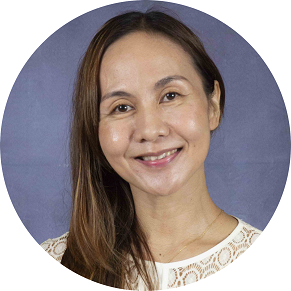 |
|
Assoc. Prof. Suhana Arshad |
Prof. Raj Das |
Prof. Mary Donnabelle Balela |
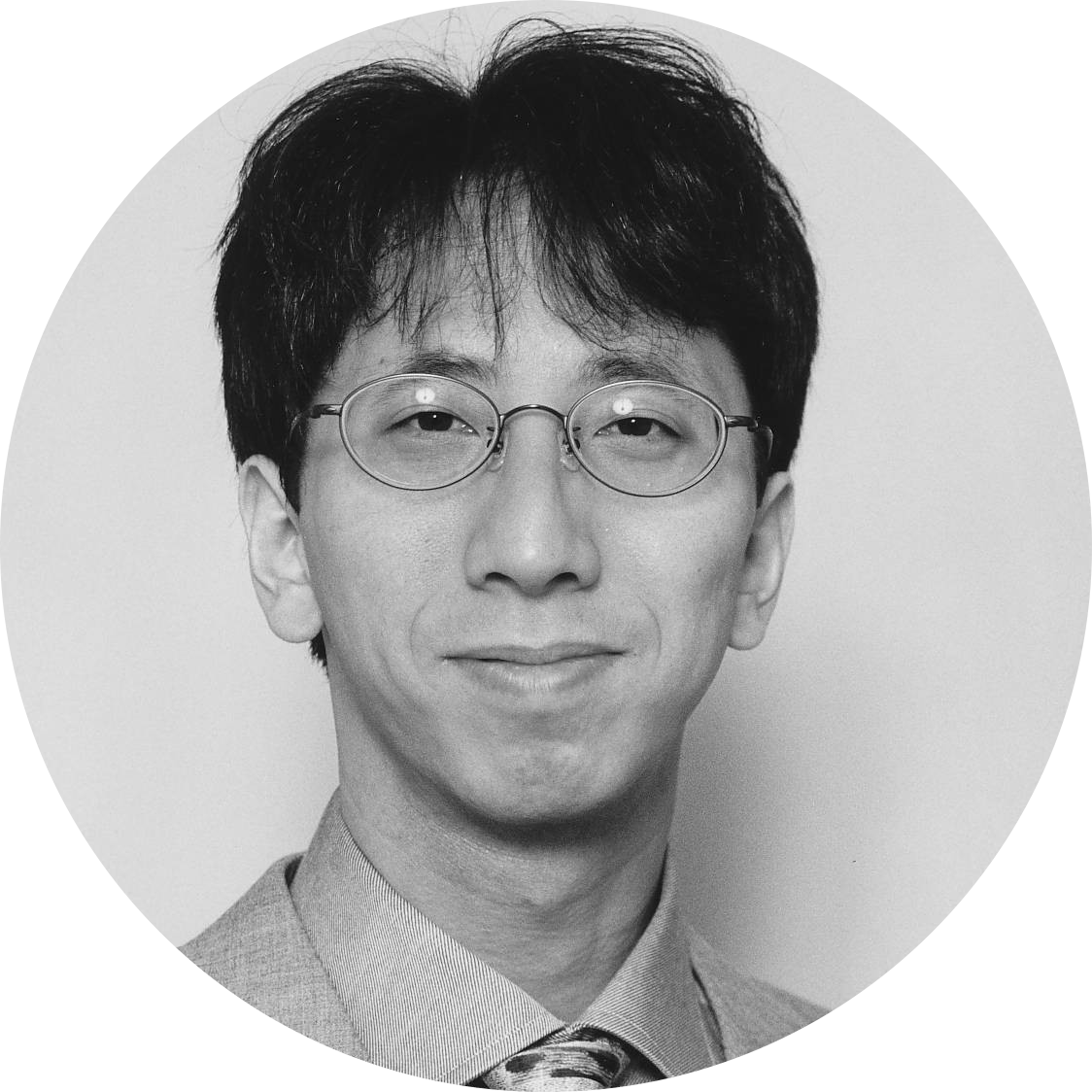 |
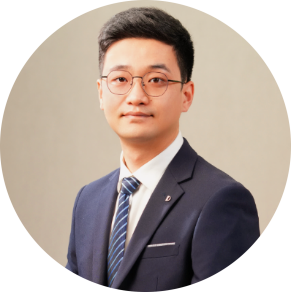 |
|
|
Prof. Shigeru Horii |
Lecturer Ming Li, |
|
